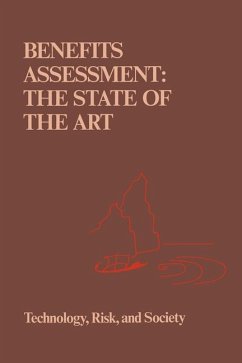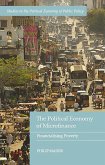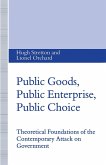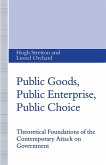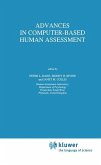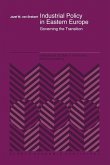In recent years there has been substantial interest in benefits assessment methods, especially as these methods are used to assess health, safety, and environmental issues. At least part of this interest can be traced to Executive Order 12291, issued by President Ronald Reagan in 1981. This Executive Order requires Federal agencies to perform benefits assessments of pro posed major regulations and prohibits them from taking regulatory action unless potential benefits exceed potential costs to society. Heightened interest in benefits assessment methods has in tum given rise to greater recognition of the inherent difficulties in performing such assess ments. For example, many benefits that are intuitively felt to be most important are also among the most difficult to measure. It can be difficult to identify the full range of both benefits and costs. The choice of an appro priate discount rate for comparing benefits and costs over time is proble matic. Even when benefits are quantifiable in principle and agreement can be reached on their valuation, required d,ata may not be available. Thus considerable uncertainty is built into most benefit estimates, even when they are based on the best available data. In light of the complexities and difficulties associated with the perform ance of a benefits assessment, this book reviews the current state of theoretical and methodological knowledge in the field. The review is extensive in that it covers over fifty years of research, theoretical develop ment, and practice.
Hinweis: Dieser Artikel kann nur an eine deutsche Lieferadresse ausgeliefert werden.
Hinweis: Dieser Artikel kann nur an eine deutsche Lieferadresse ausgeliefert werden.
`The collection of papers, Benefit Assessment: The State of the Art, is a carefully planned and comprehensive survey of the different methods needed for different purposes. It is by far the best source for practical use. The component papers are soundly based on fundamentals but recognize the practical problems of implementation and are a tribute to the possibilities achievable with ingenuity and insight.'
Prof. Kenneth J. Arrow, Stanford University, Nobel Prize Winner for Economics 1972
`The authors and editors deserve warm congratulations on a job well done. Their report is a valuable survey of virtually all the methods now used to estimate and appraise the benefits of public regulatory programs, together with their conceptual foundations. Anyone involved in the process of regulatory assessment will benefit from its insights and from having it on his/her reference shelf.'
Prof. Robert Dorfman, Harvard University
`This book provides exactly what its title promises - the state of the art in benefits assessment. It is now the authoritative work in its field. Insofar as the subject will allow, Benefits Assessment is clear, succinct, helpful, and sophisticated.'
Aaron Wildavsky, University of California
Prof. Kenneth J. Arrow, Stanford University, Nobel Prize Winner for Economics 1972
`The authors and editors deserve warm congratulations on a job well done. Their report is a valuable survey of virtually all the methods now used to estimate and appraise the benefits of public regulatory programs, together with their conceptual foundations. Anyone involved in the process of regulatory assessment will benefit from its insights and from having it on his/her reference shelf.'
Prof. Robert Dorfman, Harvard University
`This book provides exactly what its title promises - the state of the art in benefits assessment. It is now the authoritative work in its field. Insofar as the subject will allow, Benefits Assessment is clear, succinct, helpful, and sophisticated.'
Aaron Wildavsky, University of California

